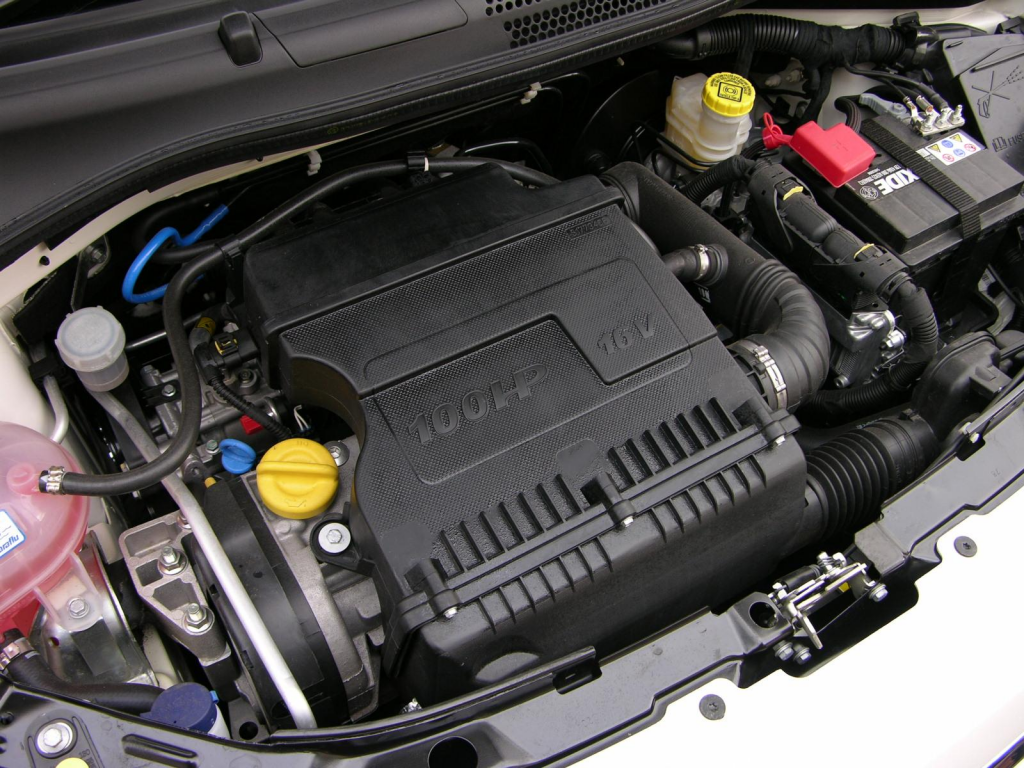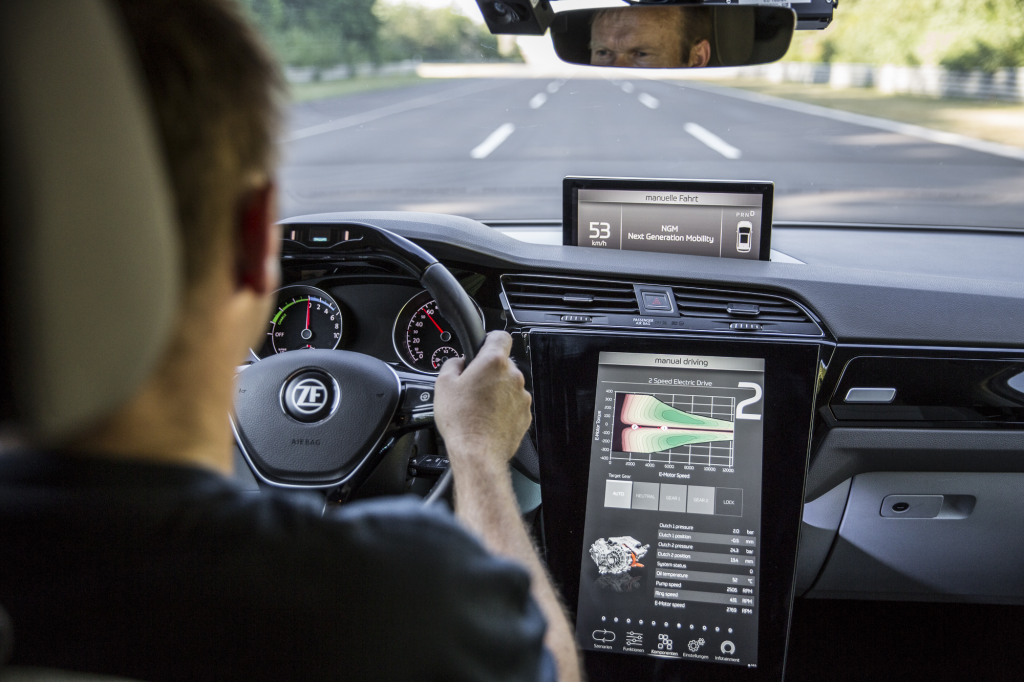
As electric vehicles (EVs) become increasingly common, many consumers still have questions about their basic features. One such question is whether electric cars have transmissions. The answer is yes, but the transmission in electric vehicles differs significantly from those found in traditional internal combustion engine (ICE) cars that have dominated the automotive industry for the past century.
Personal Experience: A few years ago, a colleague offered me a ride in his new electric vehicle, knowing my skepticism towards EVs. The ride was unexpectedly bumpy, particularly during cornering. However, I was pleasantly surprised by the vehicle’s sleek design and seamless acceleration, without the anticipated jolts of a traditional transmission during gear shifts. Curious about the car’s transmission, I was astonished to learn that it utilized a single-speed gearbox. This raised further questions about how such a setup could function effectively. Let’s explore the details.
Function of a Transmission: Traditionally, a transmission transfers rotational power from an engine to the wheels, enabling the vehicle to move. It serves as an essential component for any moving system. Technically, any mechanism that transfers power to drive or turn another part, be it in a washing machine, bicycle, or car, is considered a transmission.
Translation into academic writing:
Do Electric Vehicles Incorporate Transmissions?
Introduction: Although electric vehicles (EVs) have now become a mainstream mode of transportation, various fundamental inquiries persist among consumers. One such query revolves around the presence of transmissions in electric cars. The response is affirmative; nevertheless, the transmission mechanisms in EVs differ significantly from those employed in conventional internal combustion engine (ICE) vehicles that have dominated the automotive industry for over a century.
Personal Anecdote: A few years ago, an acquaintance invited me to experience a ride in his recently acquired electric vehicle, well-aware of my reservations towards EVs. Surprisingly, the journey proved to be noticeably rough, particularly during cornering maneuvers. However, I found solace in the vehicle’s elegant aesthetics and seamless acceleration, absent the anticipated abrupt gear shifts associated with traditional transmissions. Intrigued by the car’s transmission system, I was taken aback upon discovering its utilization of a single-speed gearbox. This revelation prompted a deeper exploration of its operational mechanics.
Functionality of a Transmission: A transmission traditionally facilitates the transfer of rotational power from an engine to the wheels, thus enabling vehicular locomotion. It serves as an indispensable element within any kinetic system. From a technical standpoint, any mechanism that transfers power to drive or rotate another component, be it within a washing machine, bicycle, or automobile, qualifies as a transmission.

Types of Transmissions
Various types of transmissions are employed in conventional vehicles, each employing distinct mechanisms. Here are the most prevalent transmission variants found in internal combustion engine (ICE) cars and trucks:
- Manual transmission: This transmission necessitates the driver to depress the clutch pedal, thereby disengaging the engine from the transmission. The driver then physically shifts gears using the gear shifter, which manipulates gearsets within the transmission.
- Automatic transmission: Upon selecting the “drive” mode, pressurized automatic transmission fluid flows through a network of channels that, based on engine load and gear selection, engage and disengage gearsets. This seamless process enables automatic shifting, hence the name.
- Automated manual transmission: An automated manual transmission also incorporates a mechanical clutch. Electronic, pneumatic, or hydraulic control buttons enable fully automatic or manual shifting, achieved either through the gear shifter or steering wheel-mounted shift paddles. Initially developed for racing cars, shift paddles facilitate gear changes in electrically controlled transmissions without requiring clutch engagement.
- Continuously variable transmission (CVT): This transmission utilizes belts, pulleys, and sensors in lieu of conventional gears. By seamlessly altering the pulley ratios, it enables an extensive range of gear ratios, leading to smooth acceleration and improved fuel efficiency.
How Does an Electric Vehicle Transmission Differ from an Internal Combustion Engine Transmission?
Electric vehicles (EVs) rely on a one-gear, single-speed transmission to directly transfer power from the motor to the wheels. In contrast, internal combustion engine (ICE) vehicles employ multi-gear, multi-speed transmissions. Modern ICE vehicles can incorporate up to 10 different gear speeds or ratios.
